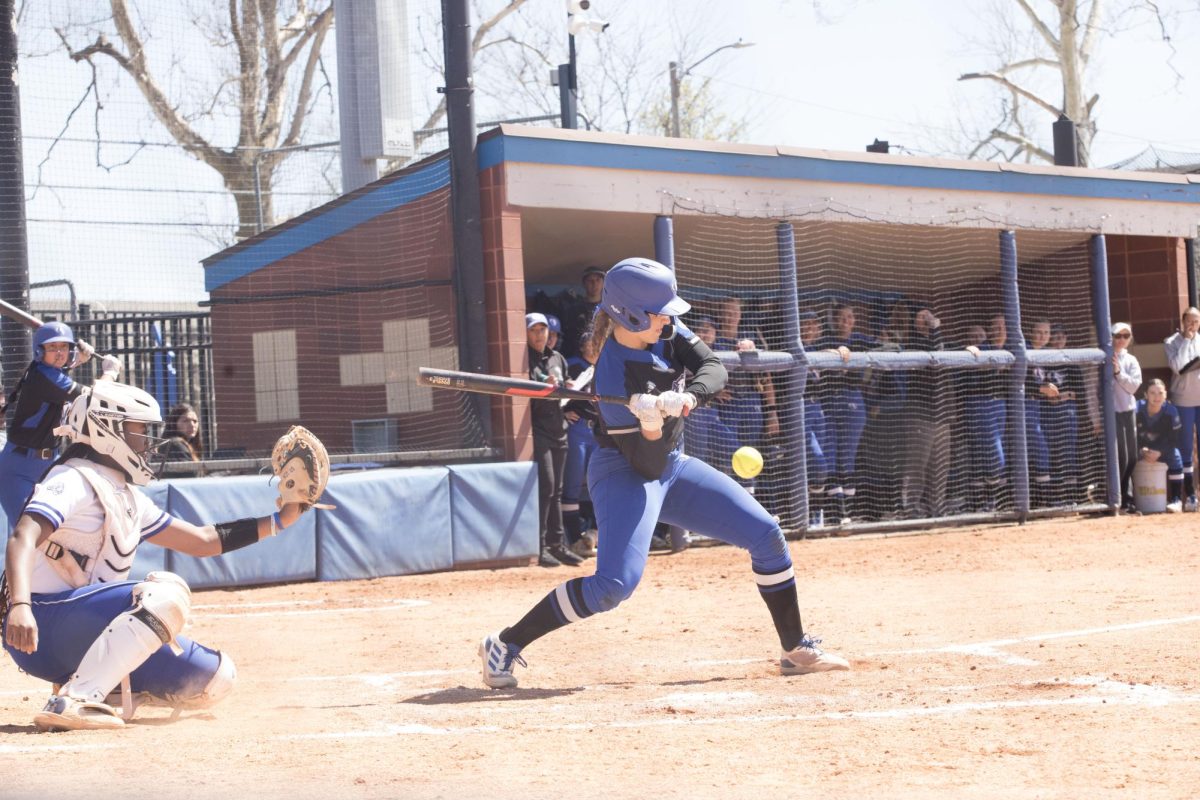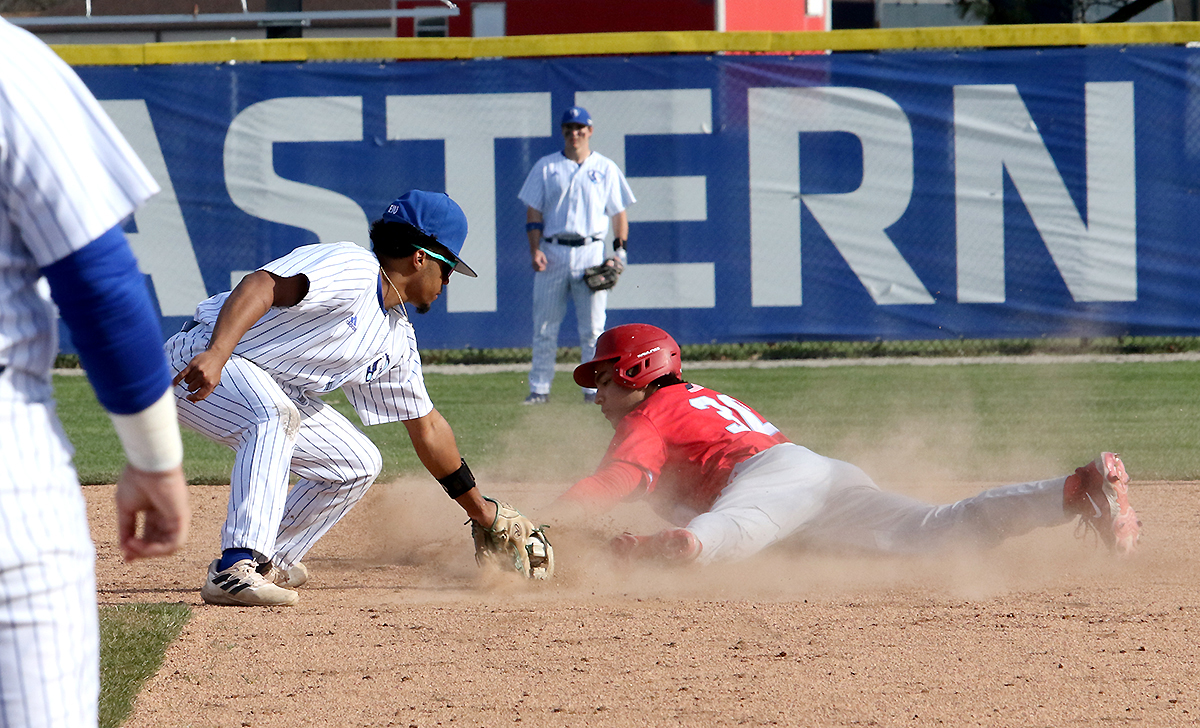Relentless rainfall may ruin local farmers’ crops
June 23, 2015
Tropical Storm Bill along with rain early last week caused water to puddle up onto already saturated ground, which could be devastating to local farmers’ crops.
According to the National Weather Service, Tropical Storm Bill formed from a disturbance that was tracked from near Honduras on June 13 into the Gulf of Mexico a couple of days later.
Bill transitioned into a post-tropical cyclone on June 20 over eastern Kentucky, and although it brought coastal flooding and gusty winds to the Texas coast, its primary impact was rainfall flooding, according to NWS.
Mark Degler, a Coles County farmer, said he lost about 15 percent of his acres to ponding water from the persistent rainfall last week.
“We had substantial flooding,” Degler said.
Despite having tile over much of his farmland, which removes excess water, the 7 inches of rain he received overloaded some of the tiling on his fields.
This caused ponding, which can leach nitrogen away from corn and kill crops if left under water for several days.
“There is good drainage around here, but there’s no way to deal with that much rain,” Degler said.
He is concerned about all the flooding, but also said this probably will not have a big impact at the end of the season.
Paul Daily, owner of Daily Feed and Seed and a Coles County farmer, said he lost about 50 acres of corn and 30 acres of soybeans.
“Tropical storms are usually great in the summer, but this one came too early,” Daily said.
A creek overflowed near Daily’s fields, which made any tiling in his fields useless.
Even for Daily’s crops that were not killed, nitrogen was leached from the ground, which can be noticed by the crops showing a light green to yellow color.
Daily said this early flooding may cause corn roots to not grow as deep as they normally would, which can worsen any droughts later on in the season.
Degler and Daily both agree that it is late in the season to replant any crops.
Daily said he could plant beans again, but he only has about two weeks to get the new crop planted. Considering that the ground is already saturated, planting again isn’t a great option this late in the season.
Daily said flooding in Indiana was even worse than in Coles County. Many farmers in southern Illinois were also never able to plant soybeans, presenting an additional 10 million bushel deficit. This can affect nationwide prices of crops.
Currently a bushel of corn is $3.60 and a bushel of soybeans is $9.90, according to NASDAQ.
Despite the flooding, Daily said corn and soybeans can come back from floods like this.
“You can count them out until they’re dead,” he said.
Tony Komada can be reached at 581-2812 or tskomada@eiu.edu.




































































